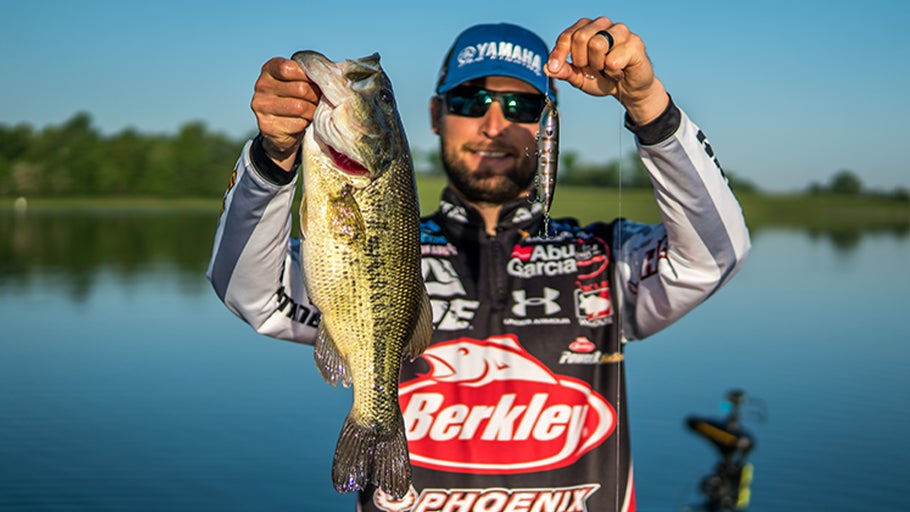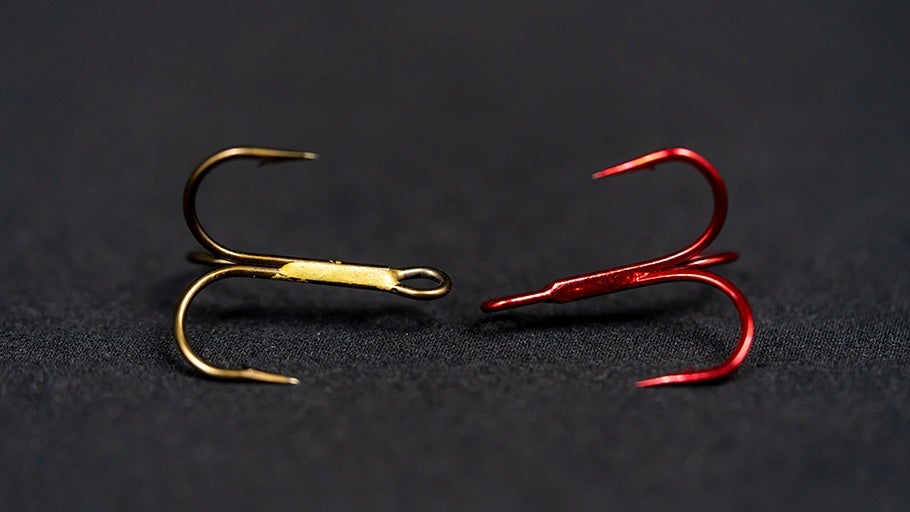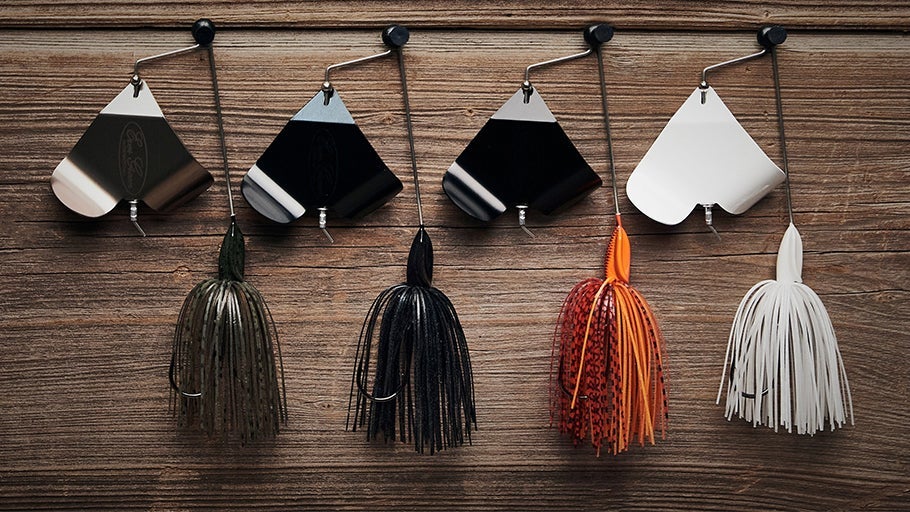
How-To Prevent Topwater Tangles
A topwater walking bait is one of the undisputed favorite techniques among professional anglers to induce exciting topwater strikes and put quality fish in the boat. While it remains an effective choice, the front hook can snag your line from time to time, causing the bait to foul and effectively eliminating any chance to catch a fish. To avoid this and ensure your lure is walking true and consistently, Tackle Warehouse Pro Jared Lintner shares one of his closely guarded hacks for topwater walking baits.
What's Needed
- Walking Bait
- Bobber Stops
- Scissors
- Line
Key Point #1: Grab a walking bait in the summer
After spawning, bass will move out to their main lake haunts, preferring locations such as ledges, grass lines, bluff walls, or anywhere with cover and proximity to deep water. They often look to the surface and tend to feed around the crack of dawn when baitfish like shad and sunfish are wary and unsuspecting. This makes the walking plug a great choice to mimic a variety of prey struggling on the surface, allowing you to fish fast around cover or open water until locating active fish.
Key point #2: Consider throwing it on 50lb braided line
Jared, like many anglers, grew up fishing topwater on monofilament, but has grown accustomed to throwing walking baits on straight braid. This provides better connection to the bait and allows him to be able to twitch the bait more rapidly and drive the hook home quicker when a big fish strikes at the end of a long cast, thanks to the lack of stretch in the line.
Key point #3: Use 8-12lb bobber stops
Jared prefers using 8-12lb Eagle Claw Bobber Rubber Stops over the 4-8lb size as the smaller size doesn’t fit on the braid.
As far as color goes, there’s no method to the madness of Jared's black/red color combination. He tends to not use the red-colored bobber stops for punching and flipping, making this a great application to ensure they don't go to waste.
Key point #4: Provide correct spacing
By adding 5-6 bobber stops, it increases the rigidity of the braid and prevents it from wrapping around the front hook and fouling the bait. This will often occur when you are walking a bait quickly, or when a fish short strikes the bait and knocks it sideways. To help maintain the action of the bait with the bobber stops, Lintner suggests keeping a 1/4-inch of spacing between the bait and the bobber stops.
Key Point #5: Cast and fish with confidence
This subtle, yet effective modification can make a huge difference throughout a long day of topwater fishing. By cutting down on tangles, you maximize the effectiveness of every cast and also cut down on some of the frustrations when walking-the-dog. This summer before tying on a topwater walking bait, consider sliding 5-6 bobber stops on your braided line to optimize your bait’s time in the water and give yourself a better chance of hooking up with that elusive donkey.












